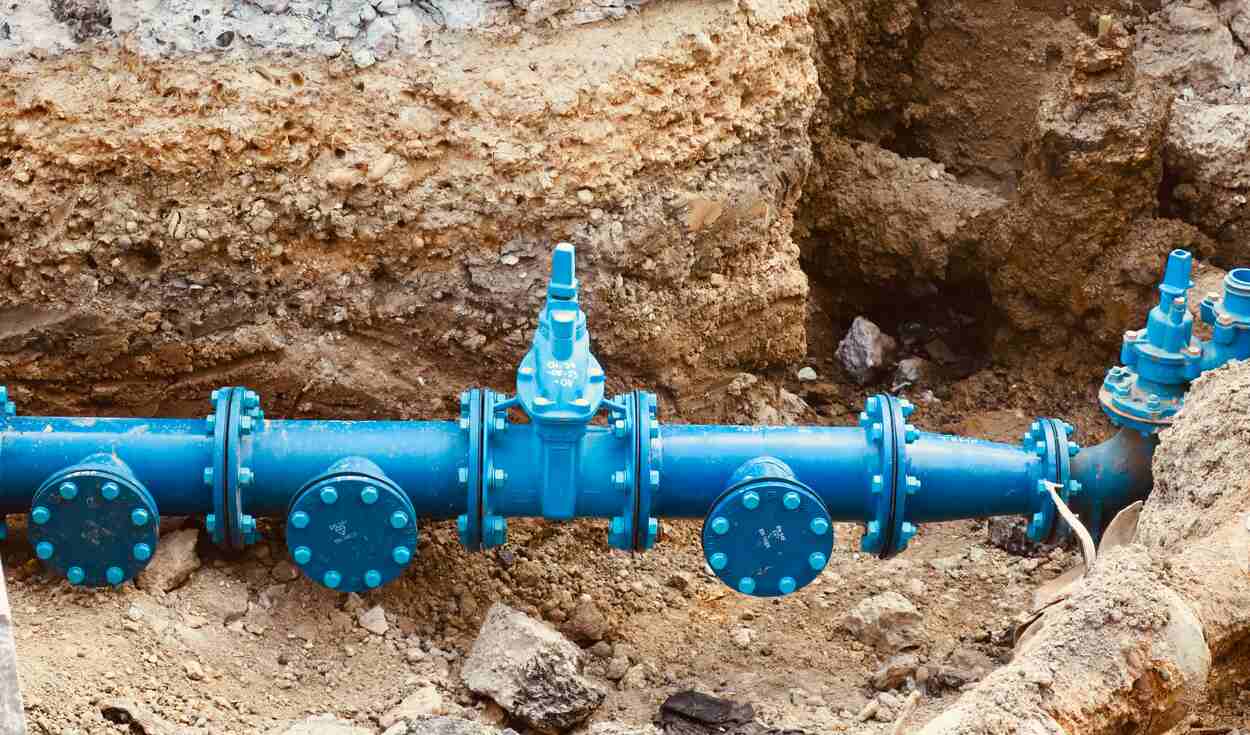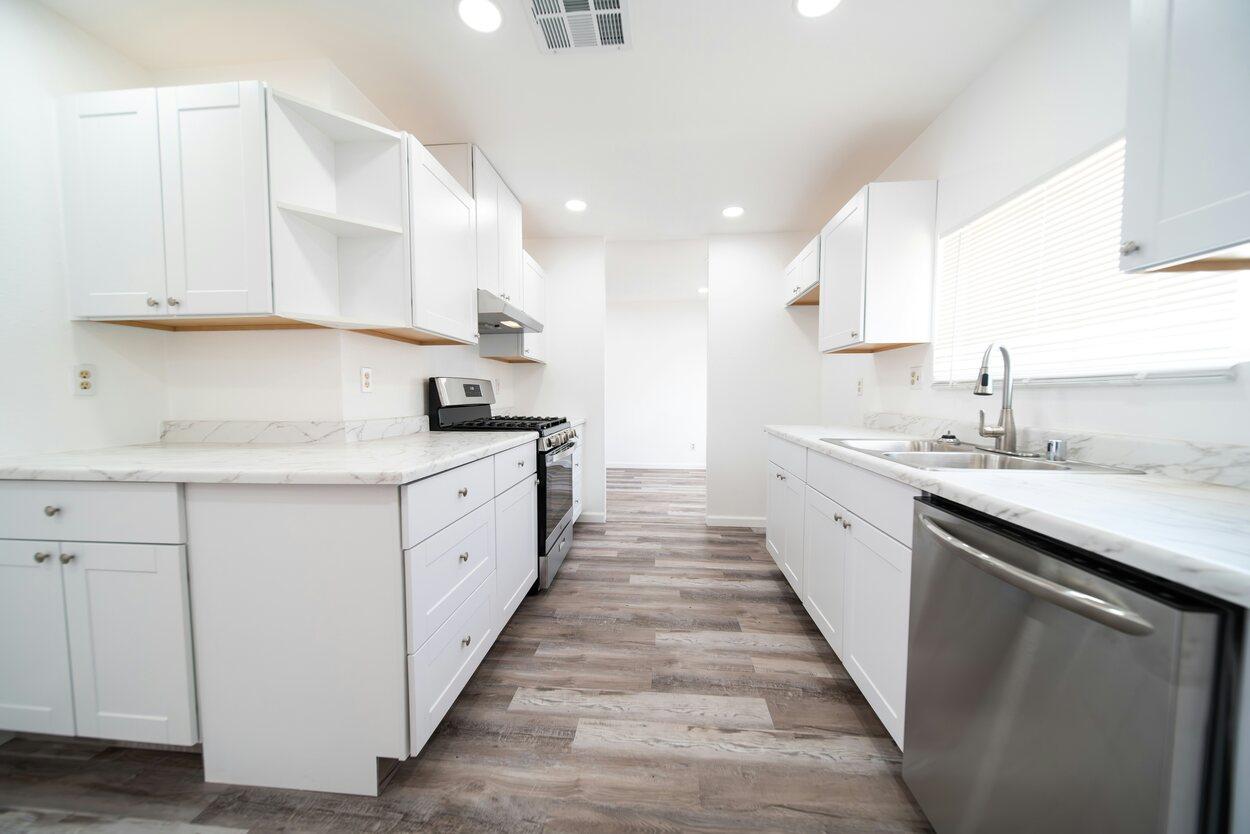Each home in Australia has a silent hero, working day and night to provide the luxury of household utilities we often take for granted. This hero is none other than the plumbing system, which is immensely important in terms of water supply and sanitation. Let this comprehensive guide help you understand your household plumbing system more thoroughly.
Contents
- Identifying Different Plumbing Systems
- The Plumbing System’s Purpose
- Home Water Supply Significance
- The Necessity of Proper Drainage
- Residential Versus Commercial Plumbing
- Selection of Plumbing Materials
- Plumbing System Installation Factors
- 1. Homeowner’s Guide to DIY Plumbing
- 2. Maintaining Your Home’s Plumbing
- 3. Identifying Types of Home Pipes
- 4. Various Home Plumbing Fittings
- 5. Overview of Home Plumbing Valves
- 6. The Lifeline of Your Plumbing
- 7. Plumbing Fixtures Beyond Taps
- Wrapping It Up
- Frequently Asked Questions (FAQ)
Identifying Different Plumbing Systems
Differentiating between various types of plumbing systems is the first step. They come in two primary types – potable water systems and drainage systems. The potable or pipe (fluid conveyance) system brings water into your home from the water supply network. On the other hand, the drainage or sewage system disposes of waste water from your home to the sanitary sewer.
Further, these systems comprise different components such as pipes, valves, and pumps. The piping and plumbing fitting materials can widely vary from cast iron pipes, and copper tubing to plastic pipework such as Polyvinyl chloride (PVC), Polypropylene, and Cross-linked polyethylene (PEX).
Moreover, every tap fixture in the house such as sinks and showers connects to these systems. Thus, effectively understanding these different systems forms an integral part of any homeowner’s knowledge base.
The Plumbing System’s Purpose
The core purpose of residential plumbing is to provide a regulated flow of clean drinking water and dispose of unwanted waste safely. In fact, only 1% of Earth’s water is suitable for drinking, re-emphasizing the importance of our plumbing systems. Furthermore, efficient plumbing helps conserve this precious resource.
It is essential not to underestimate how profoundly our lives revolve around our plumbing system’s functionality. For instance, with effective plumbing, freshwater comes effortlessly through taps (valves), bathing becomes easy with showers, and disposing of waste conveniently happens at the press of a toilet flush.
Amazingly, plumbing systems also facilitate some secondary, less-evident functions like heating, ventilation and air conditioning (HVAC), central vacuum cleaner system and rainwater harvesting. Hence, the purpose of plumbing goes significantly beyond utility service.
Home Water Supply Significance
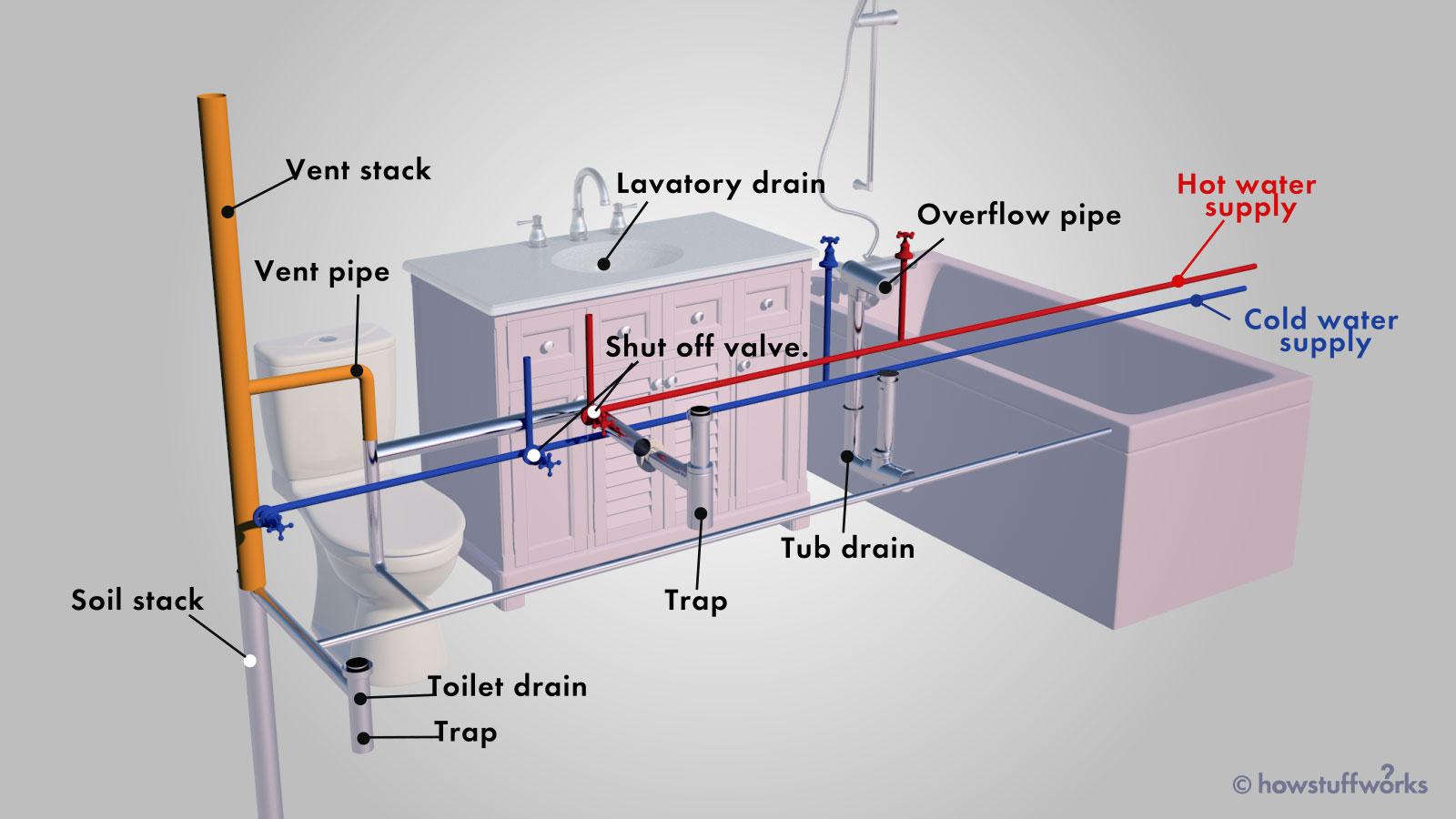
An efficient water supply system is crucial for any Australian household considering the average household’s water usage amounts to around 340,000 litres per year. Furthermore, about 30% of all residential water usage in Australia is due to toilet flushing. Any inefficiency in the supply could result in a wastage problem as leaky toilets can lose about 16,000 litres of water each year.
We also get hot water systems that account for approximately 25% of household energy use. These systems are essential for not just bathing but also for home appliances such as dishwashers and washing machines. The usage statistics reveal why understanding your plumbing system is imperative – it determines the efficiency of your household utilities.
The Necessity of Proper Drainage
In sync with an efficient water supply system, an effective drainage system is equally important. Since pipe corrosion is responsible for about 20% of water wastage in an average Australian household, we need a strong sewage or sanitation infrastructure to prevent leakages and subsequent environmental damage. It efficiently channels waste-water away from our homes towards treatment facilities.
In addition, adequate stormwater management and drainage can prevent basement flooding during heavy rains. Approximately 50-70% of Australian homes have faced plumbing issues such as blocked drains. Proper knowledge of plumbing aids in understanding signs that indicate such problems.
Residential Versus Commercial Plumbing
The fundamental principles remain the same for commercial and residential plumbing; however, there are differences in their application and scope. Residential plumbing involves piping systems of smaller sizes, less complex systems setup and fewer users. On the other hand, commercial plumbing involves larger pipe diameters, more complex setup due to more fixtures, and a higher demand for water use and waste-water management.
Besides this, the materials used also vary. In residential plumbing, plastic pipework and copper tubing are common, whereas commercial plumbing commonly involves the usage of steel or cast iron pipe.
Selection of Plumbing Materials
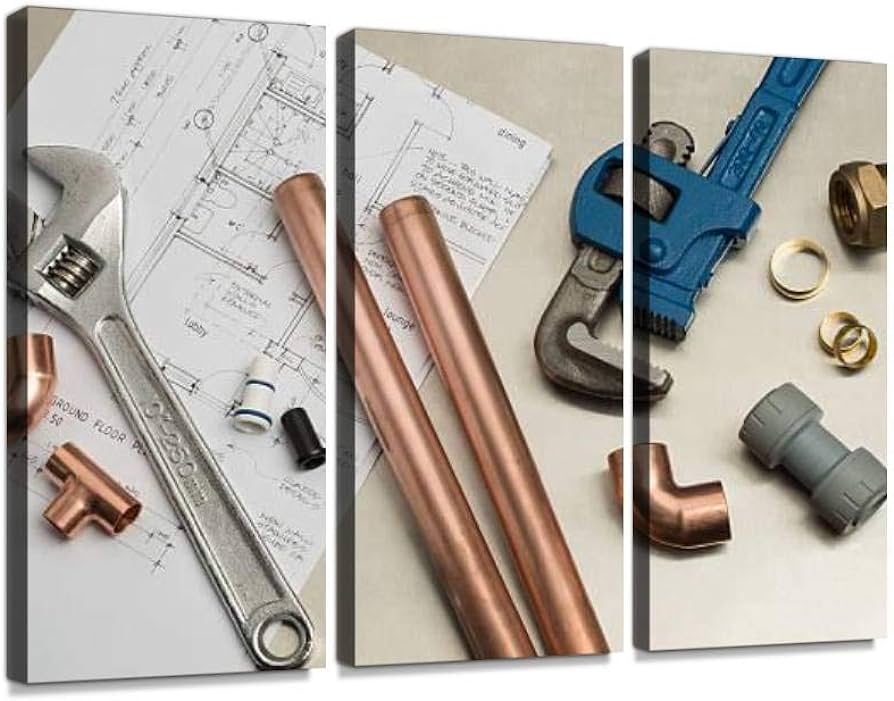
Material choice is vital due to longevity, sustainability, and environmental factors. While artificial materials like Plastic and Polyvinyl chloride (PVC) are cost-effective and easy to install, they may not be as durable as metal pipes like copper or stainless steel.
While metal pipes can resist high pressures but can corrode over time if the water supply is too acidic. Copper has been a popular choice for indoor plumbing for many years due to its durability and resistance to corrosion. However, cost considerations and risks associated with lead contamination are influencing many homeowners to opt for plastic options where possible.
Plumbing System Installation Factors
Several factors come into play while installing a new plumbing system – it’s not as simple as just welding some pipes together. The foremost factor is the house layout and design. Hydraulic engineering principles must be judiciously applied to ensure proper water supply with optimal pressure in every part of the home.
Choice of piping material is another significant decision influenced by factors including budget, local regulations, environmental sustainability criteria and personal preferences. For instance, Zinc-coated galvanized iron pipes may be cheaper but can rust over time leading to poor water quality.
In conclusion, understanding your home plumbing system offers a sense of control with early detection of potential issues before they escalate into bigger problems. And it isn’t as complicated as it seems! Always remember to consult professional plumbers like Master Plumbers Australia for complete assurance in all plumbing-related matters.
1. Homeowner’s Guide to DIY Plumbing
Welcome to the first section of our comprehensive guide. Many folks think plumbing is a realm reserved for professionals only, but that’s just not the case. There are many handy DIY plumbing projects you can embark upon – and they can even serve as a fun and educational weekend venture.
Knowing your way about some basic plumbing tasks can be very empowering. Imagine just dealing with that leaky tap, instead of having to endure the annoying drop-drop-drop sound all night long. Moreover, the average Aussie household’s water usage amounts to around 340,000 litres per year; even minor leaks contribute significantly to this figure.
One of the most common DIY ventures is unclogging a drain. Given that approximately 50-70% of Australian homes have experienced some form of plumbing issue with blocked drains being the most common, this is one task that’s worthwhile mastering.
You can also choose to install water-saving fixtures. In homes with these fittings, water usage can be reduced by up to 70% – thereby helping you save on your water bills while contributing positively towards environmental preservation.
2. Maintaining Your Home’s Plumbing
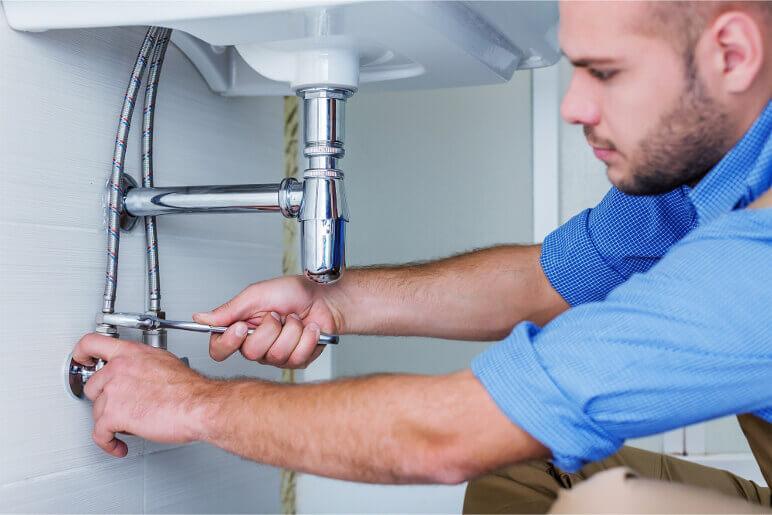
A stitch in time saves nine – particularly in the world of plumbing. Regular maintenance can help prevent major mishaps from happening in the first place or at least nip them right in the bud when they start emerging.
Be vigilant for signs of pipe corrosion where possible, which the Australian Government’s Department of Agriculture, Water and Environment attributes as causing about 20% of water wastage in an average Aussie household.
Toilet maintenance is also crucial since toilets account for around 30% of all residential water use in Australia. A leaky toilet can waste about 16,000 litres of water each year – a staggering figure indeed!
3. Identifying Types of Home Pipes
The pipe work is indeed the backbone of your plumbing system. Various materials such as copper, PVC (Polyvinyl Chloride), PEX (Cross-linked Polyethylene), and even older materials like cast iron are commonly used in Australian homes.
Copper tubing has been a long-time favourite due to its reliability and resistance to corrosion. It’s frequently used for supplying both cold and hot water.
Plastic pipework often comprising PVC or PEX, gained traction due to its ease of installation, low cost and resistance to rust. It’s resistant to the buildup of harmful substances so the supply of drinking water is less affected.
Older homes may still have galvanized or cast-iron pipes which are prone to rust and corrosion over time.
4. Various Home Plumbing Fittings
Fittings are the heart and soul of your plumbing fixtures, providing an essential link between pipes. Variety is key here: you’ve got elbows, tees, crosses, coupling among others designed for different purposes in your home’s plumbing system.
They all come in different materials equally important in their function – brass, steel or PVC to mention a few. Your selection should be determined by your pipes’ material compatibility, cost and general household needs.
5. Overview of Home Plumbing Valves
Got an emergency leak? Need to cut off the water supply for minor repairs? That’s when valves play a crucial role in your plumbing system!
There are diverse types with distinct functions – you have gate valves ideally for fully blocking off the water, ball valves often reserved for sinks and toilets, check valves allowing water to flow in one direction only, and many more.
Understanding the exact function of each valve ensures that you can quickly react during an emergency or routine maintenance.
6. The Lifeline of Your Plumbing
The lifeline of your plumbing is indeed – your water supply network. Whether it’s drawn from rainwater harvesting, a river source or acquired from a water distribution system, it’s an essential asset that upon missing would render your gorgeous fixtures useless.
This includes hot water systems too. Comprising about 25% of household energy use in Australia, they require efficient maintenance for smooth operation and reduction in power usage.
7. Plumbing Fixtures Beyond Taps
Finally, let’s face it – our plumbing talk wouldn’t be complete without mentioning those fixtures we interact with daily – taps, showers among others. Apart from being functional components ensuring the delivery of water throughout your home, their design and aesthetics are integral to the overall ambience of your space.
You’d do well to understand the variety of tap and shower types, and how they operate along with some basic troubleshooting routines; you’ll be better placed to deal with common issues such as leaks or blockages.
Wrapping It Up
In conclusion, understanding your home’s plumbing system is an empowering venture that can save you money and prevent unfortunate mishaps down the line. With this guide at hand, you’re now better equipped to get out there and conquer! Remember, be it DIY projects, routine pipe work checks or fixture maintenance – a little knowledge can go a long way!</
Frequently Asked Questions (FAQ)
1. What are the most common types of plumbing systems in Australia?
The most common types of plumbing systems in Australia are the potable water system, which delivers water to your home, and the drainage system, which removes wastewater.
2. What types of materials are commonly used for pipes?
Commonly used materials for pipes include cast iron, copper tubing, and different types of plastic such as Polyvinyl chloride (PVC), Polypropylene, and Cross-linked polyethylene (PEX).
3. Why is maintaining your home’s plumbing important?
Maintaining your home’s plumbing is important to ensure a regulated flow of clean drinking water and the proper disposal of waste. It can help prevent major faults, expensive repairs, and conserve water.
4. How can I tell if my pipes are corroded?
Signs of pipe corrosion include decreased water flow, a foul taste in water, brownish-coloured water, rust particles in the water and frequent leaks.
5. What factors should be considered during the installation of a new plumbing system?
Factors to consider, apart from cost, include the house layout and design, local regulations, environmental sustainability, as well as long-term durability and ease of maintenance.
6. How is commercial plumbing different from residential plumbing?
Commercial plumbing typically involves larger pipe diameters, more complex setups due to more fixtures, and a higher demand for water use and waste-water management compared to residential plumbing.
7. What are some examples of plumbing fixtures?
Plumbing fixtures include taps, showers, toilets, bidets, dishwashers, washing machines, sump pumps, water heaters, and other applications for water use and waste-water management.
8. What type of plumbing projects can I undertake at home?
Common DIY plumbing projects include unclogging a drain, installing water-saving fixtures, replacing old pipes, and dealing with minor leaks. It is advised to consult professionals for complex tasks.
9. What is the significance of valves in plumbing?
Valves are crucial in controlling the flow of water within the plumbing system. They can cut off the water supply during repairs or emergencies, or regulate pressure throughout the system.
10. What materials are commonly used for plumbing fittings?
Commonly used materials for fittings include brass, steel, plastic, or PVC, depending on the material of the pipes in use and the specific application.
Related posts:
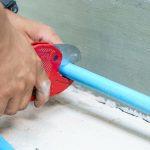 Understanding PEX Piping: The New Standard in Aussie Plumbing
Understanding PEX Piping: The New Standard in Aussie Plumbing
 Unpacking the Essentials: a Guide to Common Tools Plumbers Use Every Day
Unpacking the Essentials: a Guide to Common Tools Plumbers Use Every Day
 Drought-Proofing Your Plumbing: Sustainable Habits for Every Aussie
Drought-Proofing Your Plumbing: Sustainable Habits for Every Aussie
 Aussie Alert! Signs You Need a Plumber ASAP
Aussie Alert! Signs You Need a Plumber ASAP
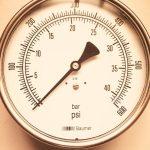 Water Pressure Troubles? How Dan’s Plumbing Can Help Get Your Pressure Back on Track
Water Pressure Troubles? How Dan’s Plumbing Can Help Get Your Pressure Back on Track
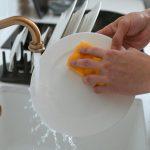 Eco-Friendly Kitchen Plumbing: Simple Tips to Save Water
Eco-Friendly Kitchen Plumbing: Simple Tips to Save Water

